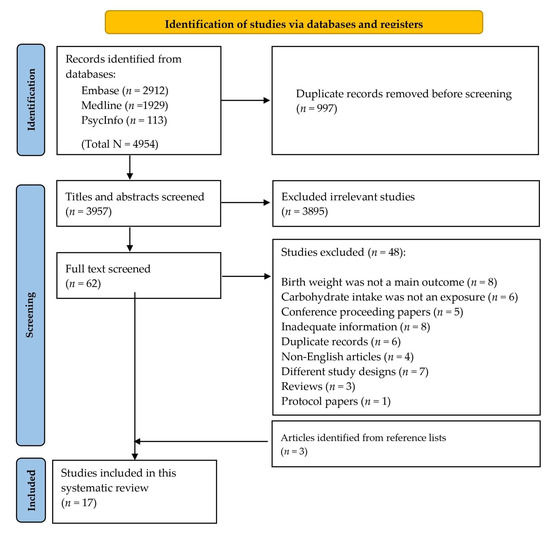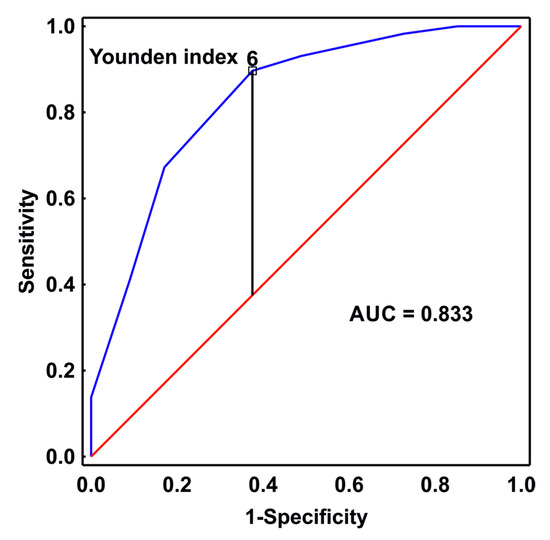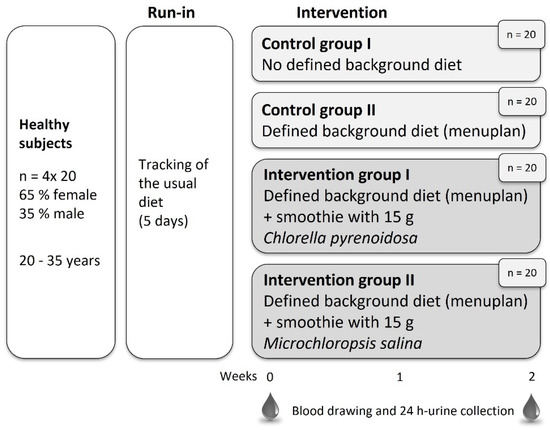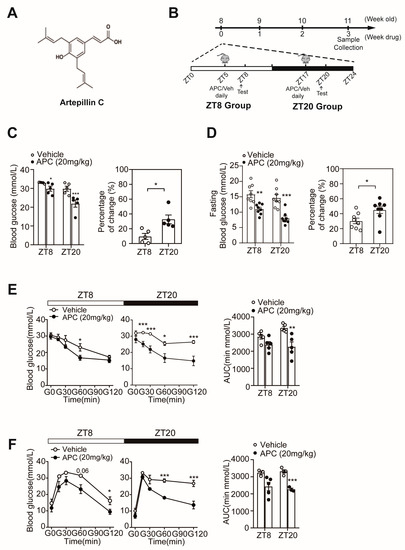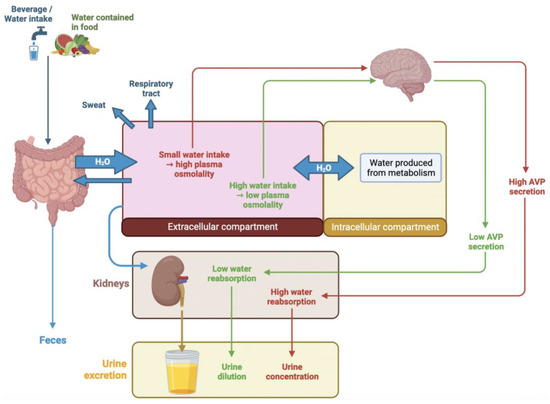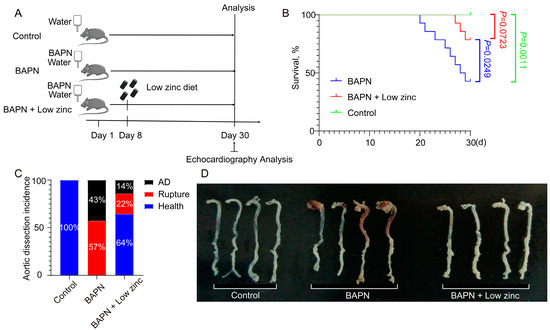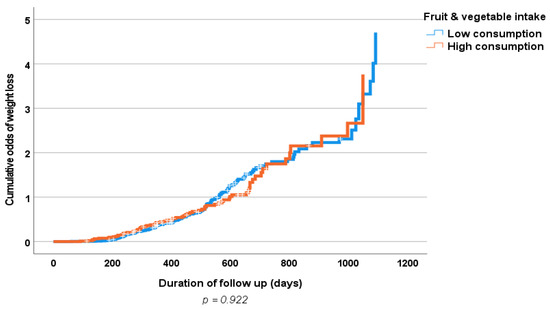Nutrients 2023, 15(7), 1650; https://doi.org/10.3390/nu15071650 - 28 Mar 2023
Cited by 2 | Viewed by 2263
Abstract
Nowadays, the most important aspect related to the use of dietary supplements seems to be their quality. There are many reports indicating their insufficient quality primarily related to a much lower content of ingredients or even their absence. Currently, there is an increasing
[...] Read more.
Nowadays, the most important aspect related to the use of dietary supplements seems to be their quality. There are many reports indicating their insufficient quality primarily related to a much lower content of ingredients or even their absence. Currently, there is an increasing interest in supplementing the diet with various kinds of supplements, including those containing combinations of vitamins and minerals, among which preparations with vitamin D are very popular. This is probably due to the reduced production of this vitamin, depending on the amount of time spent in the sun and the use of UV-filters. Very often, preparations with cholecalciferol also contain vitamin K2, which is associated with their synergistic effect. Therefore, the question arises about the effectiveness of supplementation, which may be correlated with the quality of commonly available dietary supplements. In the presented work, it was undertaken to develop optimal conditions for the qualitative and quantitative determination of vitamins D2, D3 and K2 in dietary supplements available in various forms, using thin-layer chromatography with densitometric detection. As a result, the methodology for analyzing the content of three vitamins from various matrices was developed, optimized and validated in accordance with ICH requirements. The obtained results allow us to conclude that it is reliable and meets the requirements for analytical procedures used in the analysis of medicinal products. Based on the results obtained for examined dietary supplements, it can be stated that the amount of vitamin D3 in analyzed products is basically similar to that declared by the manufacturer, in contrast to vitamin K2, the content of which is diverse. The developed methodology seems to be a good, low-cost and quick way to control the quality of dietary supplements so that they can supplement the human diet and be a wholesome product.
Full article
(This article belongs to the Special Issue Vitamins and Human Health)
►
Show Figures

